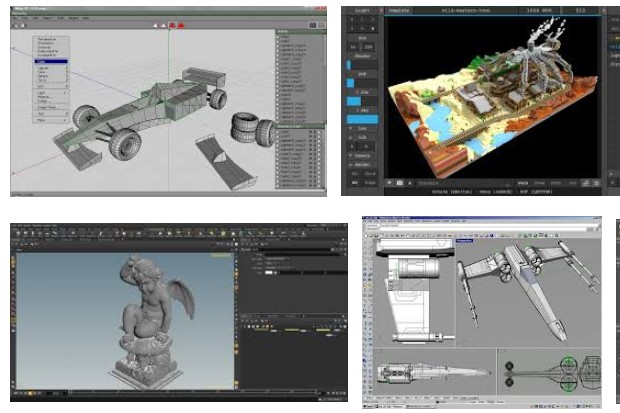Information Technology is applied in literally every industry today. One of these is geology. Essentially, the study of the physical structure of our world, computer programs are used to study the rock formations upon which we live. These programs are able to render 3 Dimensional figures of the earth. By using them, we can see through the core of the land and water bodies, which make up our environment. The software is used by professionals such as mining engineers, geologists, geochemists, civil engineers, oceanic scientists, and environmental engineers. Read on to discover more about this software and its capabilities.
What can the 3D software do?
This software can accomplish a number of special activities. Firstly, it is able to create accurate, 3D models of geologic features. It can also create visual models of analytical data. The software is also compatible with other existing 3D rendering programs. Due to this quality, it is capable of interoperability. The 3D software can assess geophysical conditions in various types of environments. Examples of these are:
- Soil
- Air
- Surface water
- Underground water aquifers
By assessing various environments and making comparisons, this 3D software can diagnose and detect cases of contamination. It can also create volumetric models of structures, landscapes and natural physical features. These models can deliver information to the geology experts.
Case-specific algorithms are built into the software. These can be used to estimate data collected using sparse measurements in the volumetric model. By doing so, the quality of the estimate can be logged statistically and be used in comprehensive, geological studies.
The 3d GIS software can create dynamic models that can be manipulated like real-world objects. As such, you can use the software to dissect, cut, slice or subset the model in a realistic way. This reveals its inner workings and helps with understanding the physical feature under scrutiny. The data collected after such an effort can be regarded as volumetric in nature. Examples of such data include geophysical data, analytes, materials of a geologic nature and measures of statistical quality.
The software is available as a suite with component applications within. In this respect, it is a digital toolbox. It contains applications for geostatistics, geological modeling, and the construction of multi-patched labels on the models.
By using features within the software, users can assign colors and textures to the models. These can be used as keys to assist in the comprehension of the model by teams or collaborators in remote areas. Furthermore, the software can overlay true-to-life images of towns, cities, and landscapes on the models. This helps the scientists to understand the overall scenario in a better way.
Conclusion
There are various applications of Information Technology (IT) on environmental sciences. One of these is through the 3D modeling of natural or man-made physical features. There is software that is made for this purpose. It presents geological professionals with accurate images and reports of environmental conditions on the surface and in the inner core of the earth. With this information, they can correct pollution, control underground leaks, make predictions about terrestrial conditions and learn about the earth.
Related Posts












